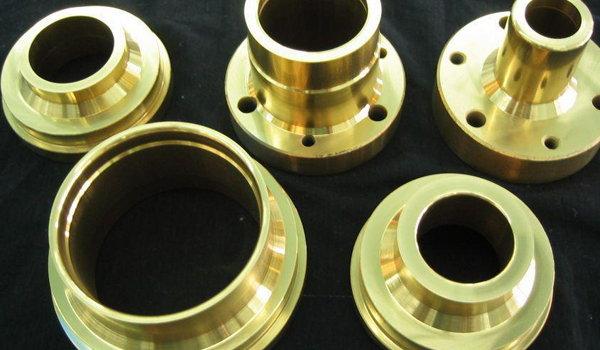The tool marks and wear marks left on the surface of the part are the place where the stress is concentrated and the source of the crack propagation. Therefore, after the processing is completed, the surface of the part needs to be strengthened and polished by a fitter to deal with hidden processing hazards. Some edges, acute angles, and orifices of the workpiece are dulled and rounded. Generally, the electro-processed surface will produce a metamorphic hardened layer of about 6-10μm. The color is off-white, the hardened layer is brittle and contains residual stress. The hardened layer must be fully eliminated before use. The method is surface polishing and grinding to remove the hardened layer.
In the process of grinding and electrical processing, the workpiece will be magnetized to a certain extent, with weak magnetic force, and it is easy to attract some small things. Therefore, before assembly, the workpiece should be demagnetized and the surface should be cleaned with ethyl acetate. During the assembly process, first refer to the assembly drawing, find the parts, and then list the equipment sequence between the parts, list the items to be noted, and then proceed to assemble the mold. The assembly generally first installs the guide pin and guide sleeve, and then installs the mold. After the assembly is completed, the mold inspection should be carried out and the overall situation report should be written. For the problems found, the reverse thinking method can be used, that is, from the back process to the previous process, from finishing to roughing, checking one by one until the crux is found and the problem is solved.
Practice has proved that good precision machining process control can effectively reduce the over-tolerance and scrapping of parts, and effectively improve the first-time success rate and service life of the mold.


